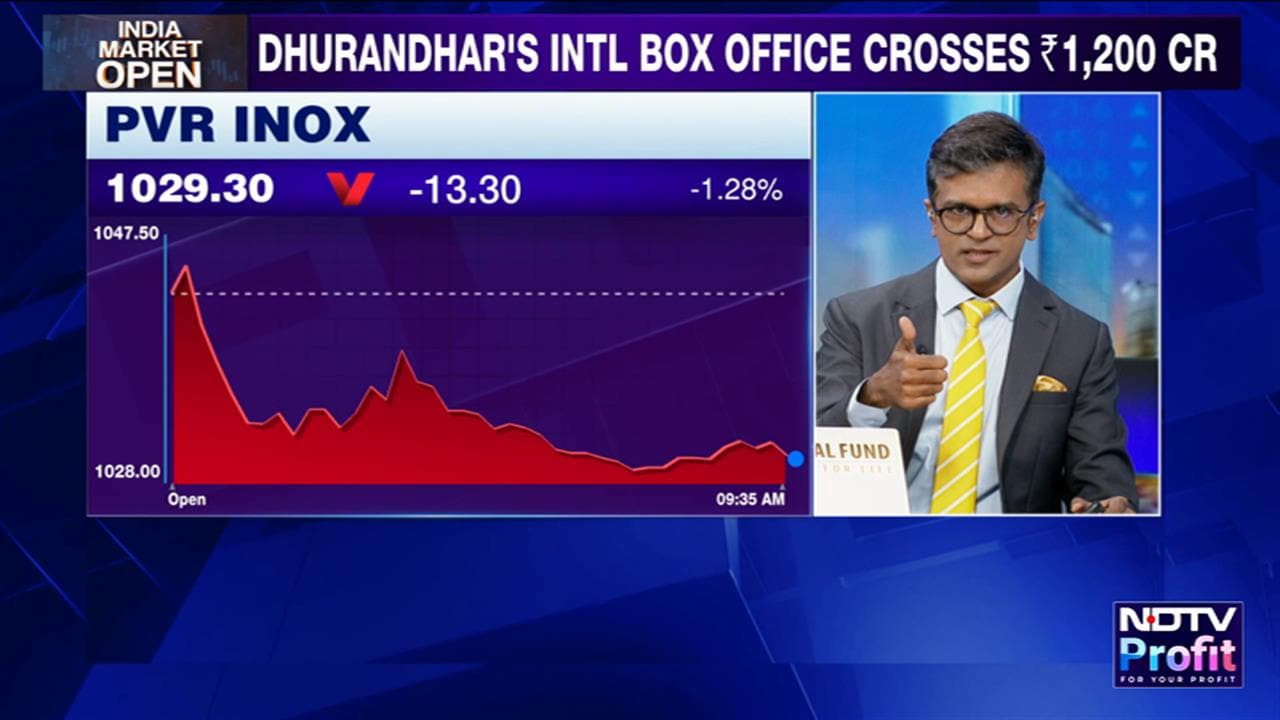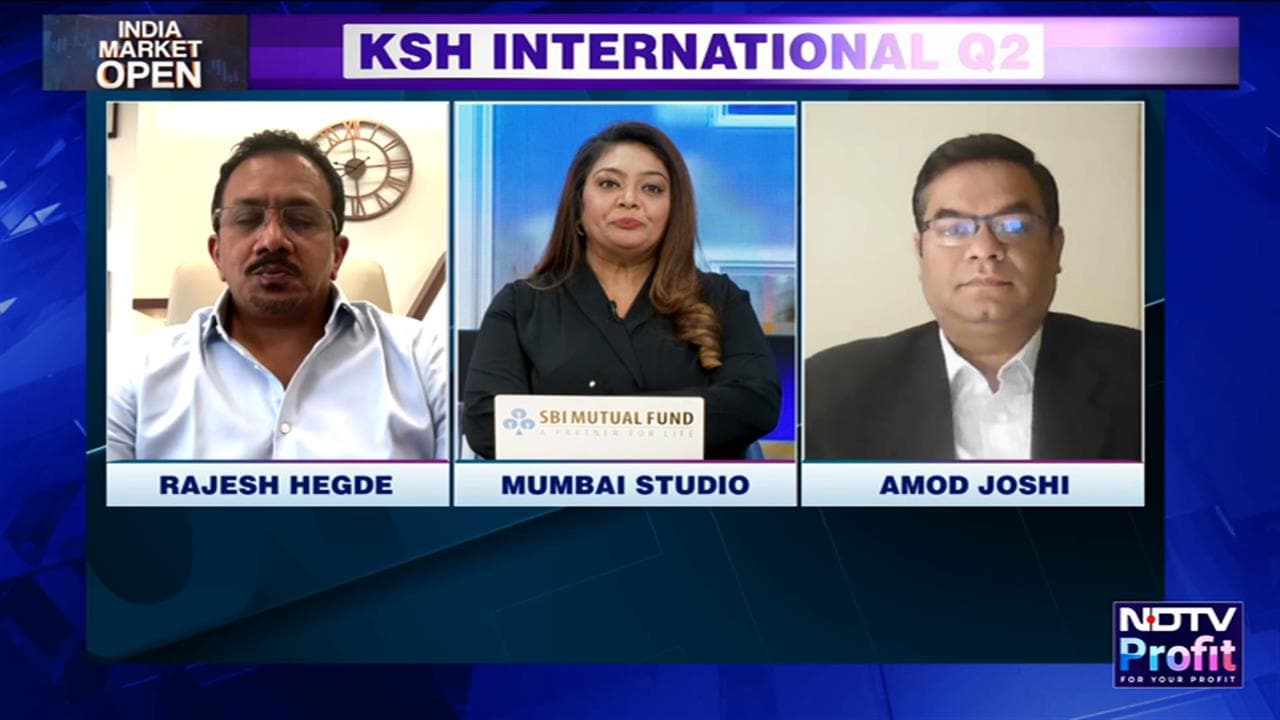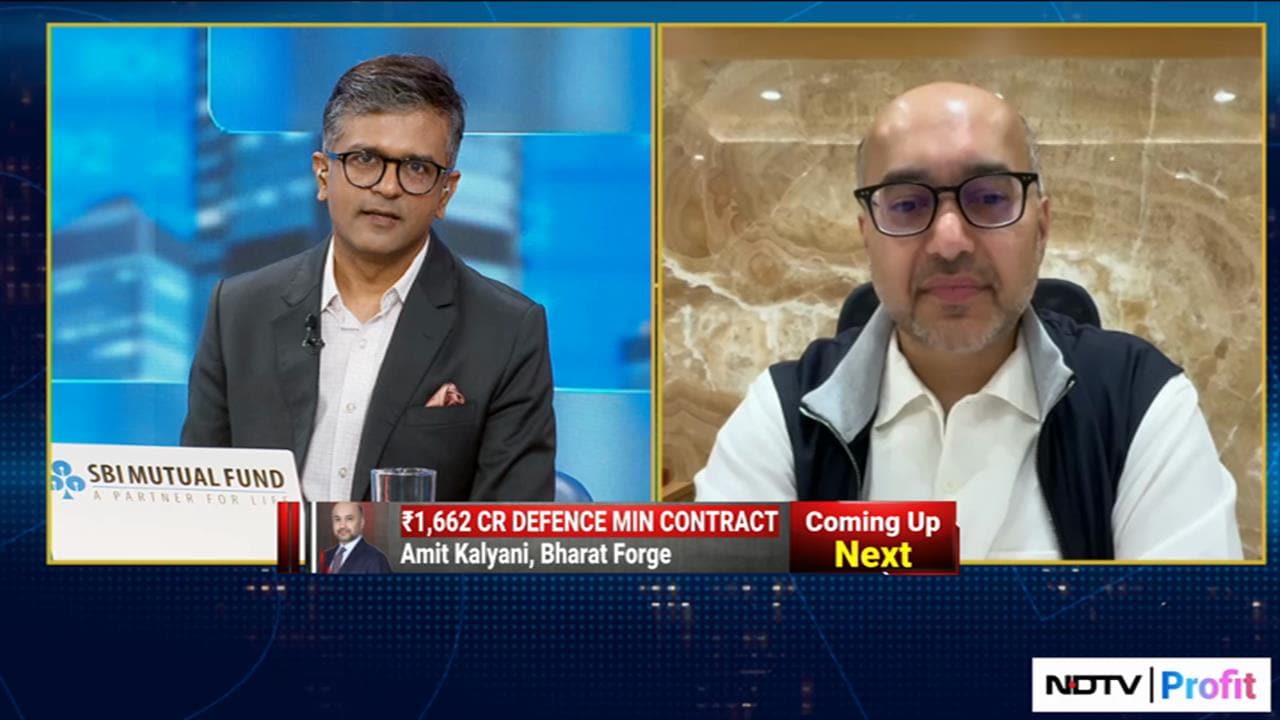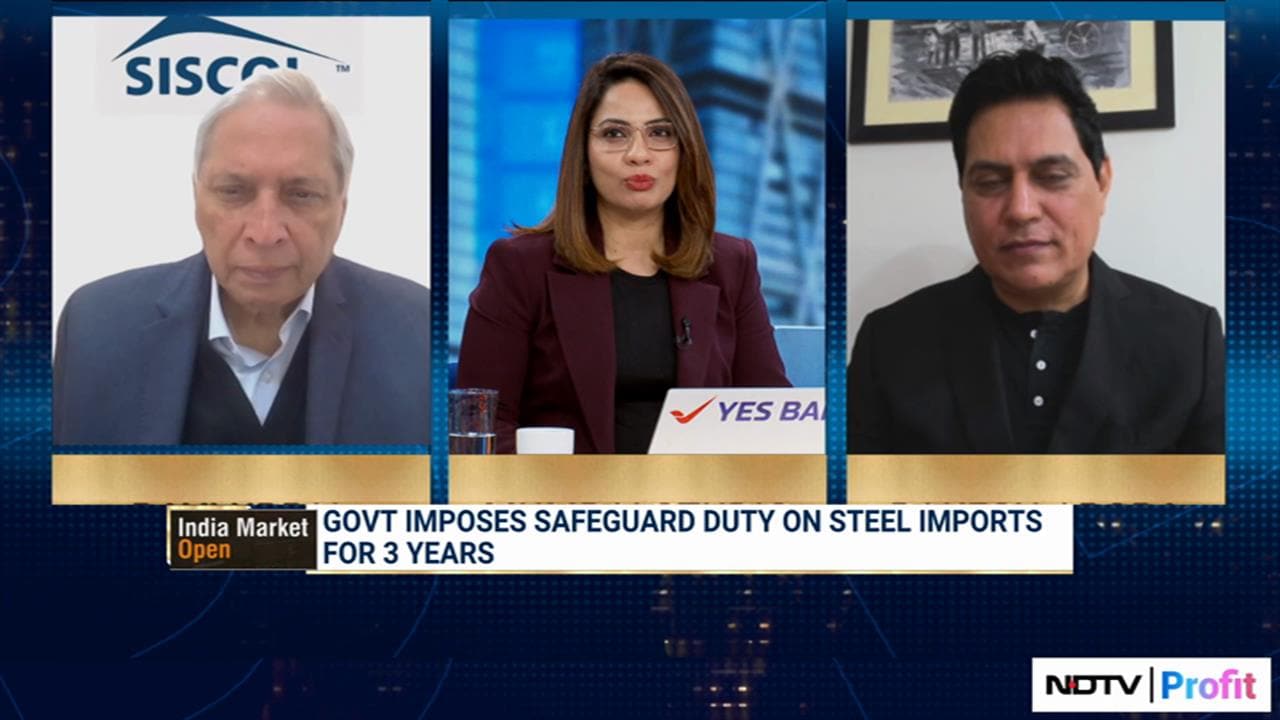
After a year of volatility, the Indian bond market is expected to see increased activity going into 2024, driven by JPMorgan bond inclusion and rate cuts by central banks.
The U.S. Federal Reserve has signalled rate cuts this year, while India's Monetary Policy Committee is expected to ease rates as inflation cools. That, according to bond market experts, could bring down rates by 25–50 basis points starting in June 2024.
"We expect the 10-year government yields to start moving down south starting June 2024 and may trade within a range of 6.75% to 7% till December 2024," Venkatakrishnan Srinivasan, founder and managing partner of Rockfort Fincap LLP, told NDTV Profit.
There is a possibility that the yield may dip below the 7% level, according to Abhijit Roy, chief executive officer at GoldenPi.
JPMorgan Bond Inclusion
In September 2023, JPMorgan Chase & Co. said it would add Indian government bonds to its benchmark emerging-market index.
India joining JPMorgan's Emerging Market Global Bond Index will favourably impact the country's external balance sheet, deepen its bond markets, and lower the cost of capital, Morgan Stanley said in a note earlier. It is expected to lead to $30 billion in inflows into its government bond market, with monthly inflows of $3 billion during the inclusion period.
The inclusion of Indian bonds in the JP Morgan index begins in June 2024 with a weight of 1%, increasing 1% each month until it reaches 10% by April 2025.
The inclusion is expected to result in a substantial influx of capital, amounting to trillions of dollars, through the foreign portfolio investment route within a short time frame, Roy said. "This surge in demand for government bonds is anticipated to lead to a reduction in yields."
RBI Increasing Credit Risk Weights
In November, the Reserve Bank of India increased risk weights on unsecured personal loans, credit cards, and lending to NBFCs by 25 percentage points to 125%. This implies that entities will have to lend at higher rates and raise more capital.
Experts believe that this will deepen bond markets as it will serve as another source of financing.
"We are already witnessing that many AAA-rated NBFCs have stepped up borrowing through bond markets; banks too have increased their borrowings," Srinivasan said. "As such, the overall fundraising during this fiscal year has also increased due to many regulatory changes. This is expected to continue next year too."
The RBI's guidelines about raising risk weights for some consumer loans will push non-bank lenders to increase bonds in their funding mix, Crisil said in a note.
FII Inflows
Foreign institutional inflows into the debt market are expected to pick up pace with the expectations of rate cuts by the U.S. Federal Reserve.
The Fed kept its key interest rate steady in line with expectations at 5.25–5.5% in the latest Dec. 14 FOMC meeting but signalled three cuts in 2024.
According to Roy, the Federal Reserve's anticipated rate cuts are expected to lead to a decline in bond yields in the U.S. bond market. "This trend is likely to have a ripple effect on the Indian bond market, allowing the government to raise funds through government bonds at lower interest rates."
Investors would be wise to consider investing in government bonds now, as it appears that "we are currently experiencing a period of peak yields that is expected to subside in the coming year," Roy said.
The FII inflows in the bond market had already picked up pace in 2023 and scaled to a six-year high.
Inflation Trajectory
India's retail inflation picked up in November to jump to a three-month high. The Consumer Price Index-based inflation stood at 5.55% in November as compared with 4.87% in October.
Retail inflation is expected to ease closer to the central bank's target in the next fiscal, according to the Reserve Bank of India. But it is expected to ease to 4.6% in the first three quarters of FY25, the RBI said in its monthly bulletin for December.
From the market's perspective, falling core inflation should lower the inflation risk premium on bonds by reducing the yield spread on government bonds over the policy repo rate, Quantum Asset Management Company said in its note.
"This, in turn, can bring down bond yields even without a rate cut by the RBI. Any increase in the rate cut probabilities would further intensify the downward trend in bond yields," the note said.
Reduction in petrol and diesel oil prices, Lok Sabha elections, Budget announcement on overall fiscal deficit and borrowings, state government borrowings, etc., will also impact the bond market in 2024, according to experts.
Bond Market 2023: Review
The benchmark 10-year yield in 2023 remained volatile due to domestic inflation and geopolitical tensions. The benchmark yield saw a steady fall from 7.4% in March to 6.9% in May. The yield later rose to a peak of 7.38% in October to close at 7.17% for the year.
Meanwhile, the total number of corporate bond issuers stood at 925 in FY23, up 4.2% year-on-year, according to data from Prime Database. This fiscal, as of Nov. 30, the number of issuers stood at 706, amounting to bond issuances of Rs 6.12 lakh crore from Rs 8.57 lakh crore in the previous year.
Watch LIVE TV, Get Stock Market Updates, Top Business, IPO and Latest News on NDTV Profit.






















